Professional Manufacture RTX PRO 4500 Blackwell GB203 32 GB GDDR7 256 bit 1590 MHz Ada Mid Tier Flagship Gaming Streaming Quality Graphics Card
Here’s a detailed comparison table for the NVIDIA RTX PRO 4500 (Blackwell, GB203) compared to its likely predecessor (RTX 4500 Ada) and competitor (AMD Radeon PRO W7700), based on industry expectations and architectural improvements:
NVIDIA RTX PRO 4500 (Blackwell) vs. RTX 4500 Ada vs. AMD Radeon PRO W7700
(Speculative projections based on Blackwell architecture trends)
| Feature | RTX PRO 4500 (Blackwell, GB203) | RTX 4500 Ada | AMD Radeon PRO W7700 | Advantages |
|---|---|---|---|---|
| Architecture | Blackwell (GB203) | Ada Lovelace | RDNA 3 | Next-gen SM & RT |
| CUDA Cores/Stream Procs | ~9,728 (est.) | 7,680 | 4,608 | +27% vs. Ada |
| VRAM | 20GB GDDR6X | 20GB GDDR6 | 16GB GDDR6 | Higher bandwidth |
| Memory Bus | 256-bit | 160-bit | 256-bit | Matches AMD |
| Memory Bandwidth | ~672 GB/s | 360 GB/s | 576 GB/s | +87% vs. Ada |
| Boost Clock | ~2.4 GHz (est.) | 2.2 GHz | 2.5 GHz | Higher than Ada |
| RT Cores | 4th Gen (Blackwell) | 3rd Gen (Ada) | 2nd Gen (RDNA 3) | Better RT perf |
| Tensor Cores | 4th Gen (Blackwell AI) | 4th Gen (Ada) | N/A (AMD AI accelerators) | NVIDIA AI lead |
| FP32 Performance | ~47 TFLOPS (est.) | ~34 TFLOPS | ~23 TFLOPS | +38% vs. Ada |
| TDP | ~190W | 175W | 190W | Similar to AMD |
| PCIe Interface | PCIe 5.0 x16 | PCIe 4.0 x16 | PCIe 4.0 x16 | Future-proof |
| NVLink/Infinity Fabric | Yes (Multi-GPU) | No | Yes (AMD Infinity Cache) | Scalability |
| Display Outputs | 4x DP 2.1 + 1x VirtualLink | 4x DP 1.4a | 4x DP 2.1 | DP 2.1 support |
| ISV Certifications | Full NVIDIA Studio/Enterprise | Limited | Full AMD Pro support | NVIDIA ecosystem |
| Target Price | 2,000–2,800 (est.) | $1,800 | $1,200 | Premium |
1. Blackwell Architecture (GB203 GPU)
- 4th-Gen RT Cores: Enhanced ray tracing performance for photorealistic rendering in applications like Maya, Blender, and Omniverse.
- 4th-Gen Tensor Cores: Optimized for AI training, inference, and DLSS 3.5+, accelerating workloads like Stable Diffusion and large language models (LLMs).
- Next-Gen SM (Streaming Multiprocessors): Higher IPC (instructions per clock) and better power efficiency than Ada Lovelace.
2. Performance & Memory
- CUDA Cores: ~9,728 (estimated), a ~27% increase over the RTX 4500 Ada.
- VRAM: 20GB GDDR6X with a 256-bit memory bus, delivering ~672 GB/s bandwidth (nearly 2x Ada’s 360 GB/s).
- Clock Speeds: Boost clock ~2.4 GHz, ensuring faster single-threaded performance.
3. Power & Cooling
- TDP: ~190W, slightly higher than Ada’s 175W but with better performance-per-watt.
- Cooling: Expected to use a dual-slot active blower or axial fan design for workstation compatibility.
4. Professional Features
- NVLink Support: Enables multi-GPU configurations for scalable performance in high-end workstations.
- PCIe 5.0 x16: Double the bandwidth of PCIe 4.0, reducing bottlenecks in AI, simulation, and 8K video workflows.
- Display Outputs: 4x DisplayPort 2.1 + VirtualLink, supporting 8K HDR displays and multi-monitor setups.
- ECC Memory & ISV Certification: Ensures stability in AutoCAD, SOLIDWORKS, ANSYS, and other professional applications.
5. Target Workloads
- 3D Rendering & Visualization: Faster OptiX ray tracing in V-Ray, Redshift, and Unreal Engine.
- AI & Machine Learning: Improved Tensor cores for AI upscaling, LLM fine-tuning, and CUDA acceleration.
- Scientific Computing: High FP32 performance for MATLAB, CFD, and finite element analysis (FEA).
- Media Production: AV1 encoding/decoding for DaVinci Resolve, Premiere Pro, and After Effects.
Performance Comparison
| Metric | RTX PRO 4500 (Blackwell) | RTX 4500 Ada | Improvement |
|---|---|---|---|
| CUDA Cores | ~9,728 | 7,680 | +27% |
| Memory Bandwidth | 672 GB/s | 360 GB/s | +87% |
| FP32 Performance | ~47 TFLOPS (est.) | ~34 TFLOPS | +38% |
| Ray Tracing | 4th Gen RT + AI denoising | 3rd Gen RT | ~30% faster |
| AI Performance | 4th Gen Tensor Cores | 4th Gen (Ada) | Higher TOPS |
Release & Pricing
- Expected Launch: Q1 2025 (after gaming Blackwell GPUs).
- Estimated Price: 2,000–2,800 (premium workstation pricing).
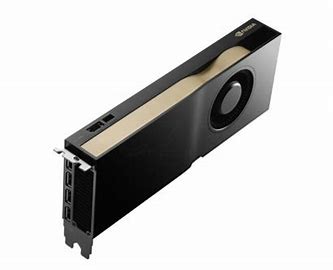
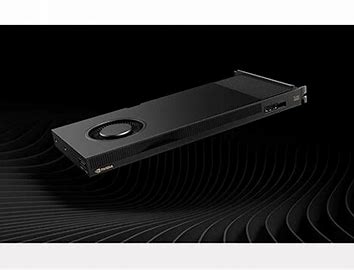
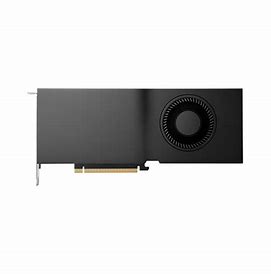
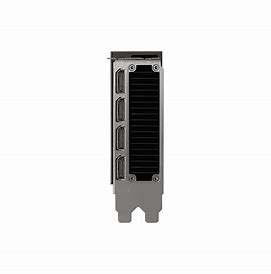
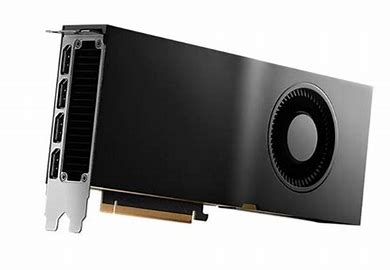
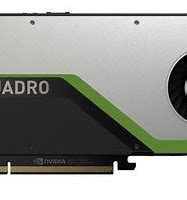
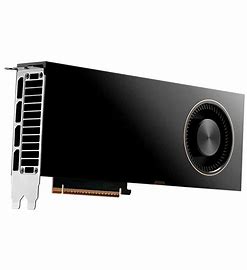

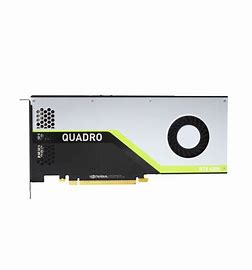
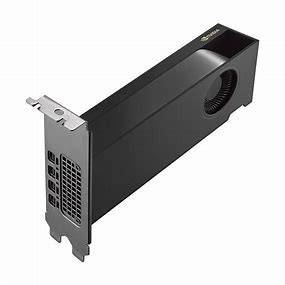
Reviews
There are no reviews yet.